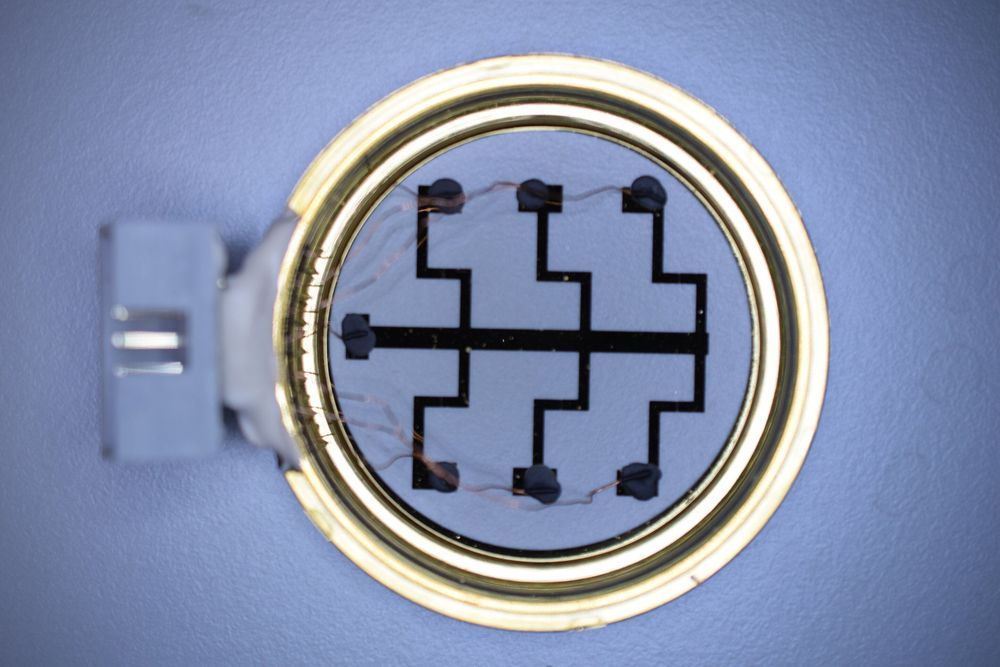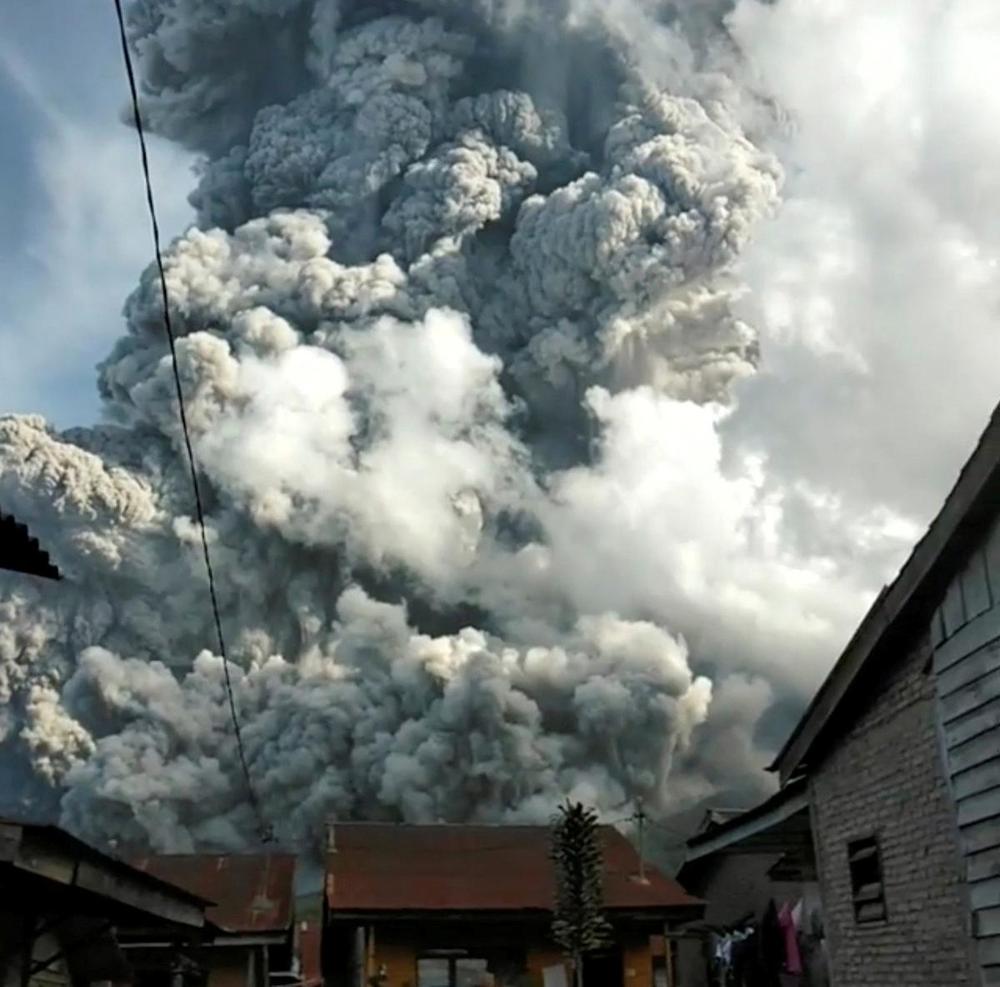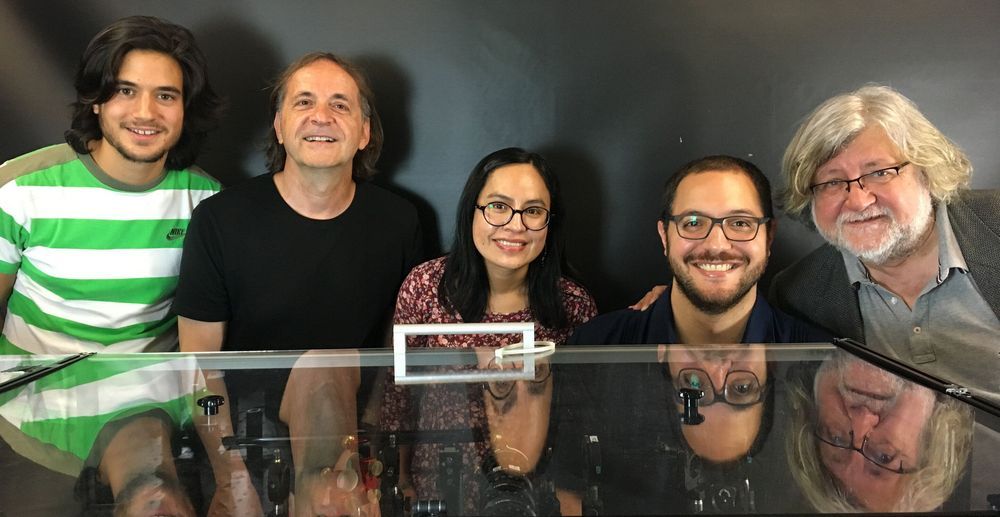A discovery by researchers at the School of Life Sciences at the University of Warwick offers a new technology for detecting bacteria in minutes by ‘zapping’ the bacteria with electricity.



KARO, Indonesia (Reuters) — Indonesian officials warned on Monday against the prospect of further eruptions from an active volcano on the island of Sumatra after it emitted a huge column of ash, causing panic among residents.
Mount Sinabung, which has seen a spike in activity since 2010, erupted for around nine minutes on Sunday, sending clouds of volcanic ash 7 km (4.4 miles) into the sky.
Although no casualties were reported, officials monitoring the volcano warned of possible fresh eruptions.



Imagine calling a friend. Only instead of hearing a ring tone you hear a police siren, and then a voice intoning, “Be careful in your dealings with this person.”
Would that put a damper on your relationship? It’s supposed to.
Welcome to life in China’s “Social Credit System,” where a low score can ruin your life in more ways than one.

There’s nothing quite like a captivating image to make you want to learn more. And nowhere is that more apparent than when it comes to sometimes hard-to-understand science. Before we all get too settled into 2019, we thought we’d take a look back at some of our best pictures from 2018. If you missed these images the first time we shared them — on our website or in social media — we hope you’ll take the time this go-round to learn a little bit more about what we do.
AUTHOR’s NOTE: These images were all shared by NIST for the first time in 2018. Some may have been taken prior to that year. Images are listed below in no particular order.
The microwave auditory effect, also known as the microwave hearing effect or the Frey effect, consists of audible clicks (or, with speech modulation, spoken words) induced by pulsed/modulated microwave frequencies… The cause is thought to be thermoelastic expansion of portions of the auditory apparatus.
Abstract:



Around age six, we start learning how to tie our shoelaces, making knots that look like ribbons—or possibly more complex forms, if we are a little clumsy. We use knots every day, but the type of knots we generally use are associated with physical objects, things we can touch.
Although it can be hard to image, light can also be shaped in ways that form knotted configurations, whose shape depends on the orbital angular momentum of the light. This parameter is responsible for making the beam of light twist around its own axis, generating different knot shapes, and expanding to a new degree of freedom that can carry valuable information.
Learning and mastering how to generate twisted light—light with orbital angular momentum—has been a thriving field of study for the past 20 years. Unlike spin angular momentum, which is associated with the polarization of light, orbital angular momentum is associated with the spatial distribution of the electric field. These two types of angular momentum can also be coupled, which results in a variety of light fields of different shapes with polarizations that change from point to point.